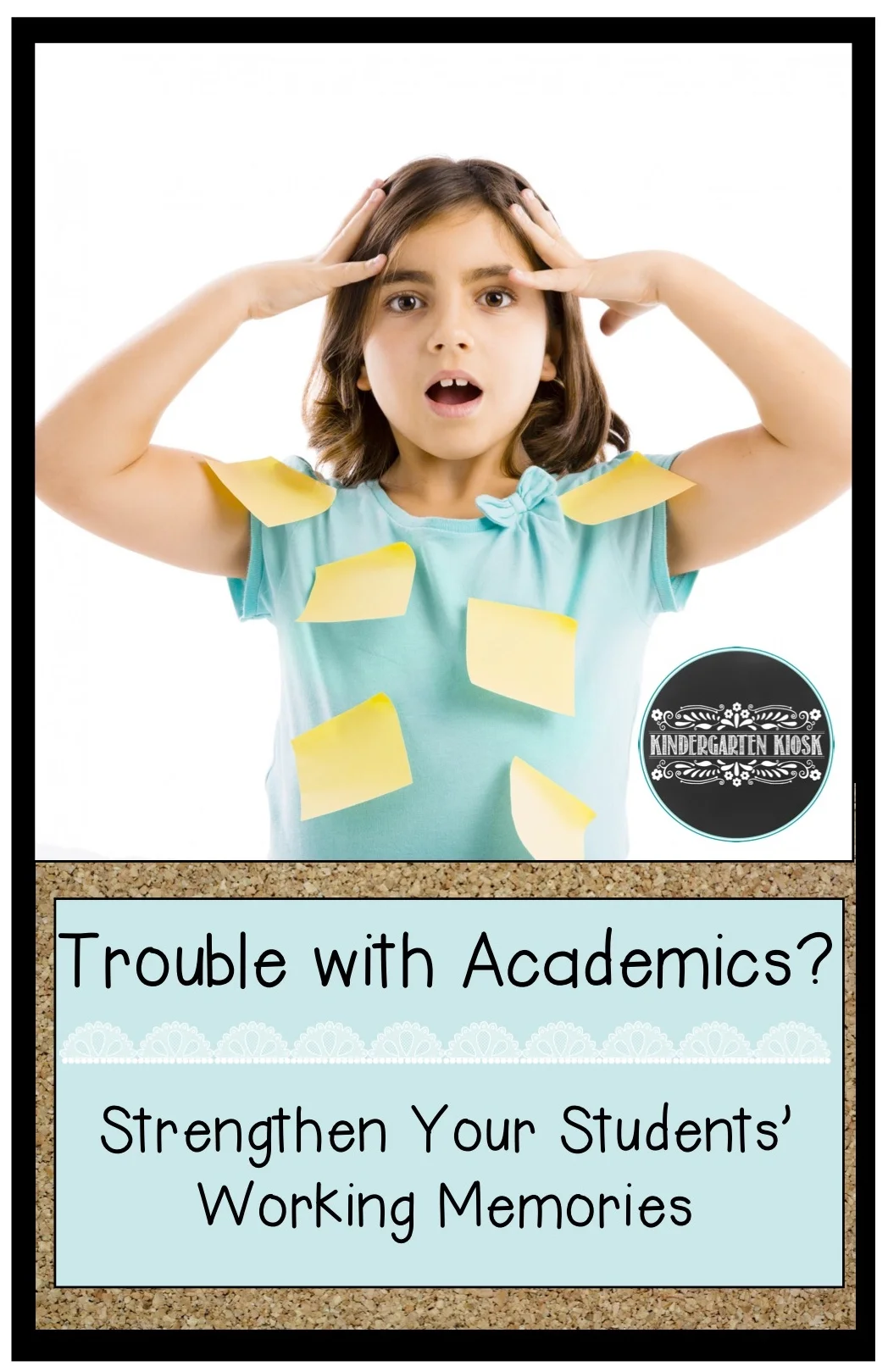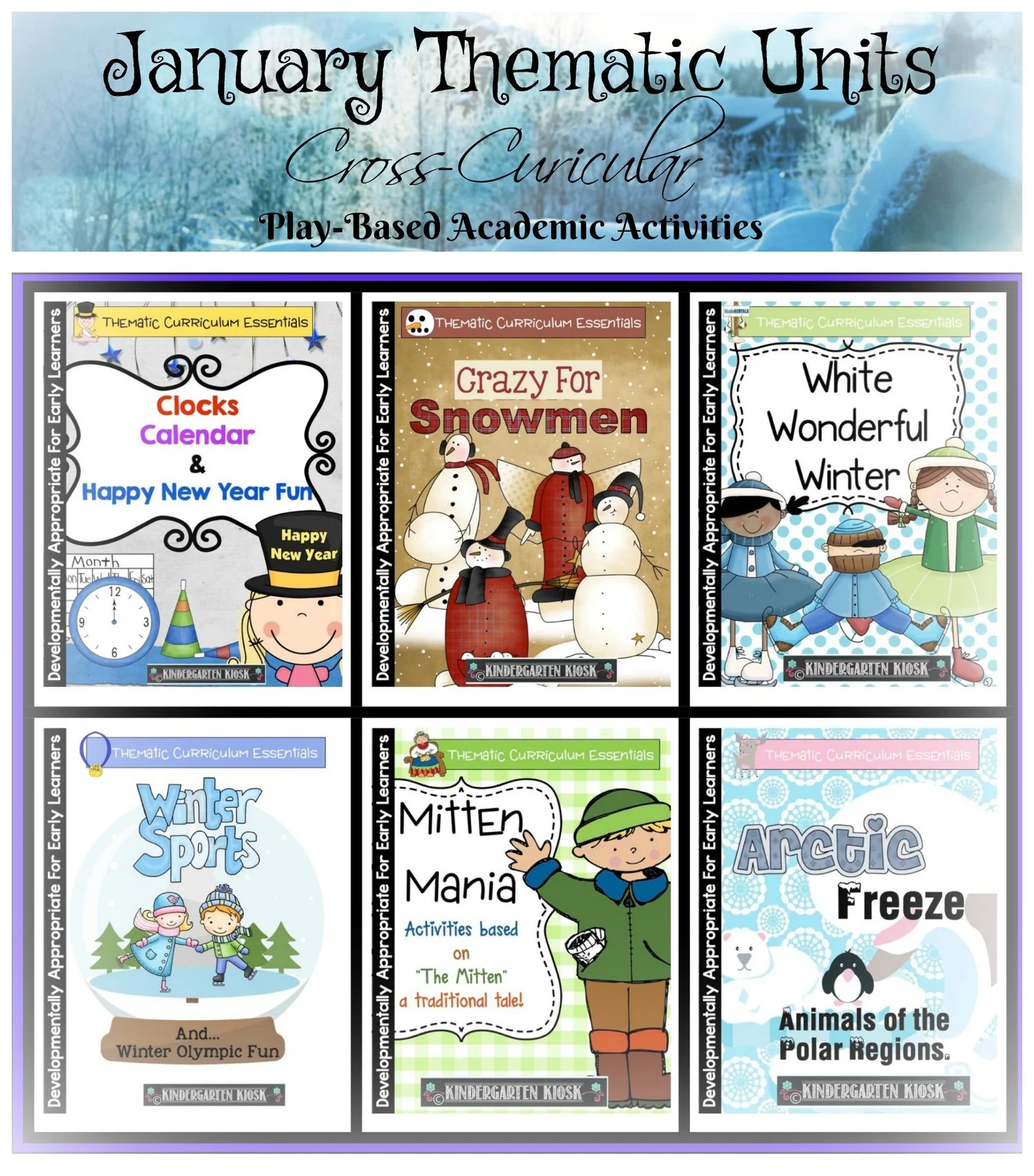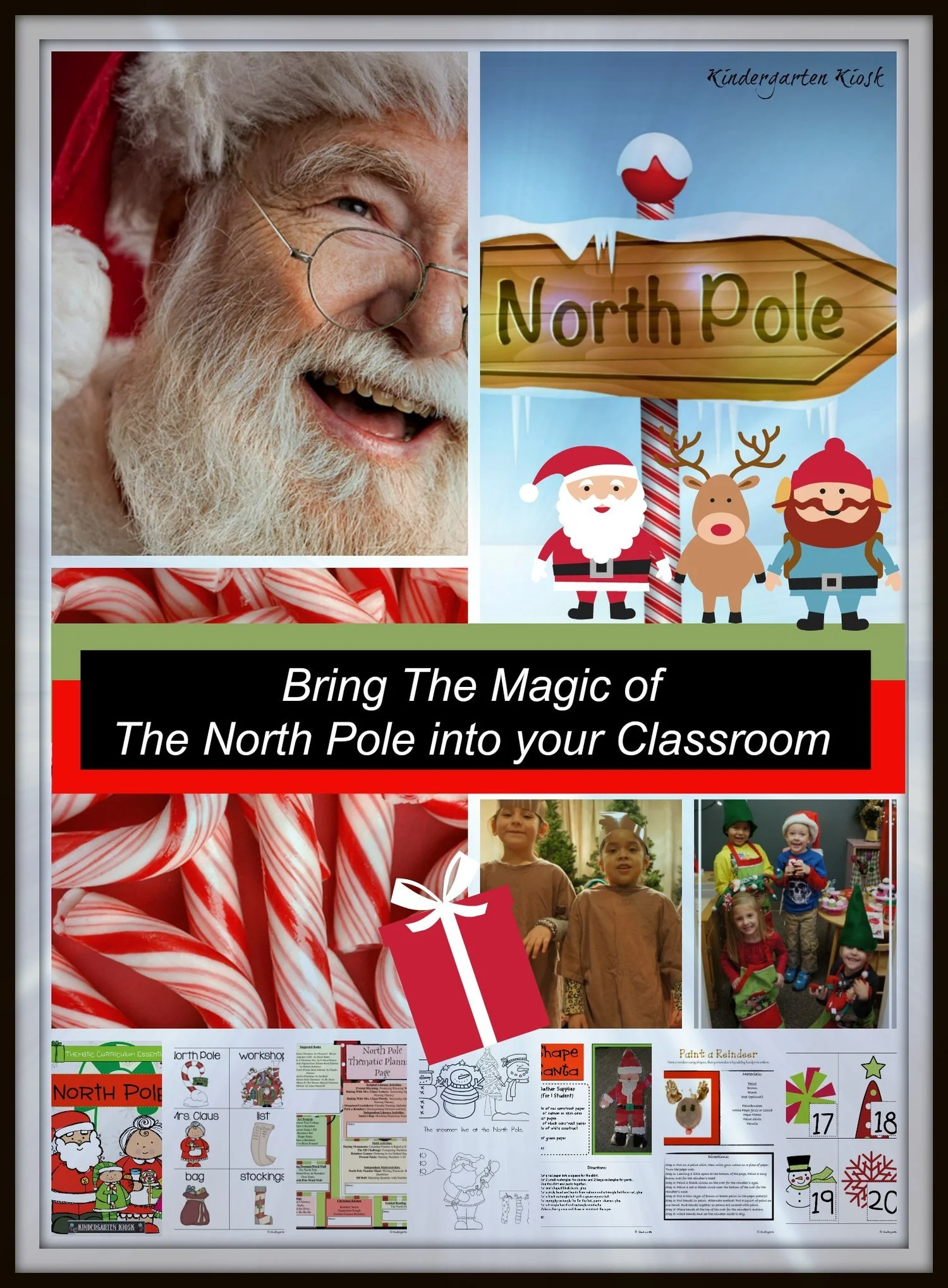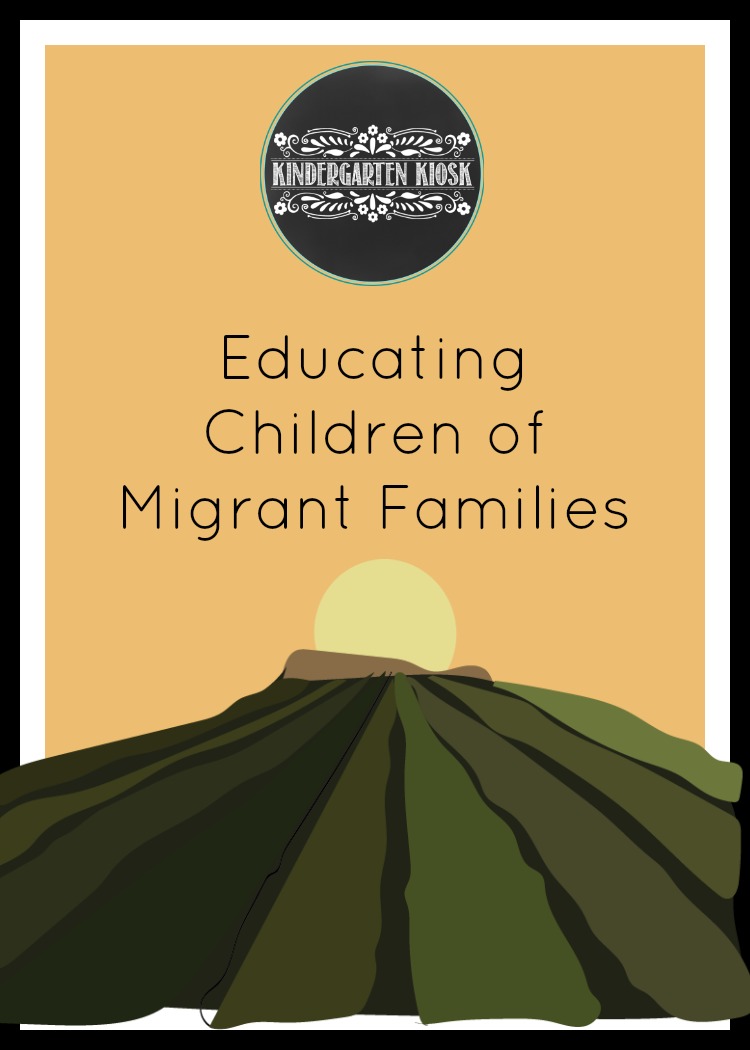I have loved reading this Russian tale to children since I held my own babies on my lap 30 years ago. This story is timeless! The many versions of this story make it a great book to compare and contrast, look for key details, do close readings, and even make a class play!
Read MoreChinese New year is one of my favorite thematic units to teach, and always a favorite with my students as well! Because of the richness of the Chinese culture it is a great time to introduce students to the cultures of others building tolerance and love for all people.
Read MoreMost reading and math problems that occur in learners can be traced to one thing, the underdevelopment of a working memory. A working memory is the ability to hold information in ones head long enough to use that information.
Read MoreI have taught Kindergartners now for 2 1/2 decades and I have tried many writing programs. By far, the best writing program is simply to get your kids writing! I love to use the guided writing method that I have fine-tuned over the years that are based on the visualizing theories of Vygotsky. All of my writing secrets are wrapped up in this one program that is available for only $4.00 here or at Teachers Pay Teachers.
Read MoreJanuary is my favorite teaching month for many reasons. First and foremost, after a steady diet of holiday-themed teaching, it is fun to settle into some content-based thematic units. Next, my winter-themed thematic units are among my most favorite; I love everything about snow, arctic animals, mittens, and winter sports.
And last, but certainly not least, January is a month of amazing academic growth! Kids come back from the holiday break ready to learn.
Read MoreThere's nothing I like better in the wintertime than a good book! At home I like to display my Christmas book collection in this wooden sled. When Christmas time is over the Christmas books are replaced by my favorite winter story books. At school, my classroom library is transformed into a Winter Wonderland.
Read MoreAlthough learning to tell time is not a math skill, and is not included as a Common Core Standard in kindergarten, the teaching of clocks as a tool for mathematical thinking is crucial.
A clock is made of the numbers 1-12 laid out in numerical order. This alone makes the clock a handy aid when teaching counting and cardinality. Giving a student opportunity to work with clocks help develop number recognition, sequencing, and numerical order.
I think I have introduced clocks the first day back from winter break for the entire 25 years of my career (thank you Ruth Hepworth). Waiting for Monday morning, right at my carpet/calendar area, I have my little student size Judy Clocks ready to go and my copy of Hap Palmer’s, Paper Clocks ready for the play button to be pushed. After we have manipulated the clocks to the song a couple of times, I love to have the students construct their own clocks to take home and show off their new skill of telling time to the hour.
Read MoreThere is nothing like wearing pajamas to school and drinking a hot cup of cocoa! Who doesn't love Polar Express Day at school? It has always been a day that I have looked forward to sharing with my students.
I now have scaled back from the days of my old school where we borrowed the trolley from the State Fair, decorated it with lights, and sang Christmas Carols around the town. My now-a-days Polar Express day, however, is just as fun!
I always ask my students to wear their pajamas on this special day. I love to begin the morning with this great musical video that summarizes the story of The Polar Express in a beautiful way.
Read MoreIs there anything more magical than the North Pole? I love to bring a little of the North Pole magic into my classroom using this great thematic unit featuring Santa and his Reindeers!
Kids love having Reindeer Day, Elf Day, Jingle Bell Day, Santa Day, and of course North Pole Day (Polar Express Day).
Everything you need to bring in the magic is included in our North Pole Thematic Unit. (Enhanced by it's companion Polar Express Unit). And even better, with all of our thematic units the academic learning is not put on hold for the holidays, rather academics are enhanced with holiday fun!
Read MoreOne of my favorite ways to introduce multicultural concepts in my classroom is through an introduction to different holidays during Christmas time. For, as Nancy Stewart makes clear in her song A Season For Singing, there is nothing more universal than celebration!
Read MoreFor 16 years, my colleague, Kathleen Law, and I, put on he Bears Great Adventure: A Christmas Play (32 productions because of 1/2 day kindergarten), and it was never the same twice! We never knew who was going to have a meltdown caused by severe stage fright, who is going to scream the words at the top of his/her voice, who will find the world is his/her stage, or who will cry endlessly because they cannot see mama (even thought she is on the front row). However, it always turned out to be a great success after a lot of hard work by eager 5 and 6 year olds.
Read MoreKids love to talk about their families; of course they do! Families are the most important thing in our lives. A family is the community in which all of us grow and thrive. I like to begin this unit with some great books about families. Here are some of my favorites, with my affiliate link
Read MoreOne of my favorite tales to teach young children is the story of the Elves and the Shoemaker. It is a great way to sprinkle a little dust into the season if you are unable to talk about Christmas in your school, or as a juncture from storybook elves to North Pole elves if you are.
Read MoreI know that schools all over the nation have different requirements for data keeping, student goal setting, and data reporting, luckily ESGI meets all of those needs!
Read MoreA while back, I had the opportunity to watch the PBS documentary, Class of '27. It is a beautiful documentary that details early educators working with children in unique circumstances and highlighting the importance of education in the lives of these children. I highly recommend watching the documentary, and I've linked to the video below. After watching the documentary I had the opportunity to have a conversation with Maria Mottaghian and Aimee Brown from the Oregon Child Development Coalition who were featured in the segment of the documentary called Fields of Promise. They generously shared their expertise in working with migrant families and children. I had some trouble with the audio, so I wrote out a full transcription of the interview--what they had to say was just that good!
Read MoreThese are words that are often heard after the First Semester of School comes to an end. So what can we do with those students who are still not getting it? Most likely it is time to back-up in the teaching continuum and become more purposeful and strategic; targeting students at their level along the path to independent reading.
Read MorePractice early learning skills and have kids begging for more! My students can't get enough of these fast-paced, fun games.
This set of ten fun, fast-paced learning games features five early learning skills that are strategically linked to Common Core Standards.
A special algorithm allows for a match to be made every time!
Read MoreTeaching young children the art of gratitude can be difficult, especially when children are naturally egocentric, but nurturing this character trait will certainly pay off.
According to Dr. Robert A. Emmons of the University of California, genuine gratitude is the key to living a happy and fulfilling life. Dr. Emmons has found through his studies that practicing gratitude can increase happiness level by around 25%. He also mentions that gratitude increases creativity and productivity.
Read MoreThe hand is our most important tool. We use our hands in almost every activity we engage in throughout the day, therefore, hand muscle development, or fine motor development, is crucial to the school success of young children.
Fine motor skills are developed as children use their hands to interact with the environment. In the past, children were strengthening hand, wrist, and arm muscles as part of the family chores that were necessary to survival, during hours of endless play in the outdoors, or by playing with tangible building toys. But in today’s technological world, the development of those important muscles can be missed.
Read MoreFluency is a skill that can be and should be taught. In 1997, The National Reading Panel which included guru Marilyn Jagar Adams stated, “... [F]luency is the ability to recognize words easily with greater speed, accuracy and expression...children gain fluency by practicing.
Read More

















